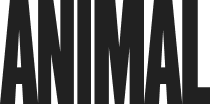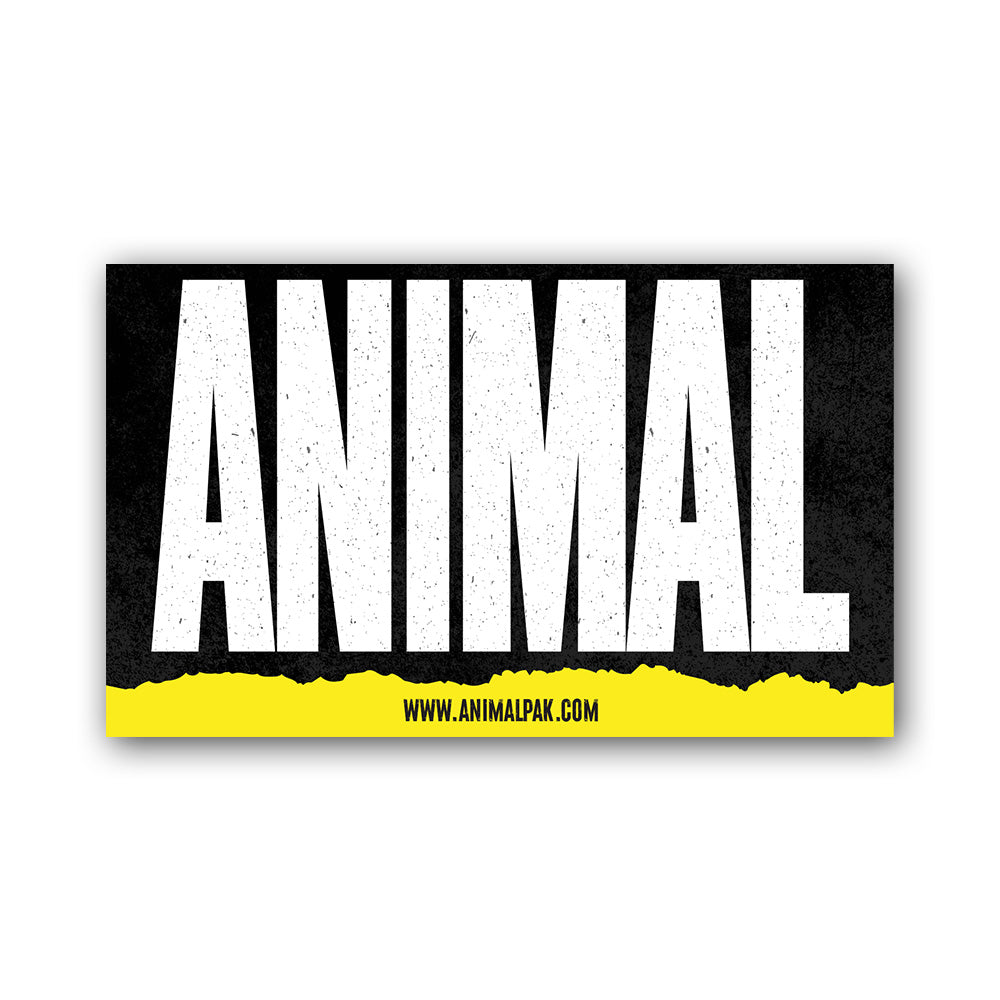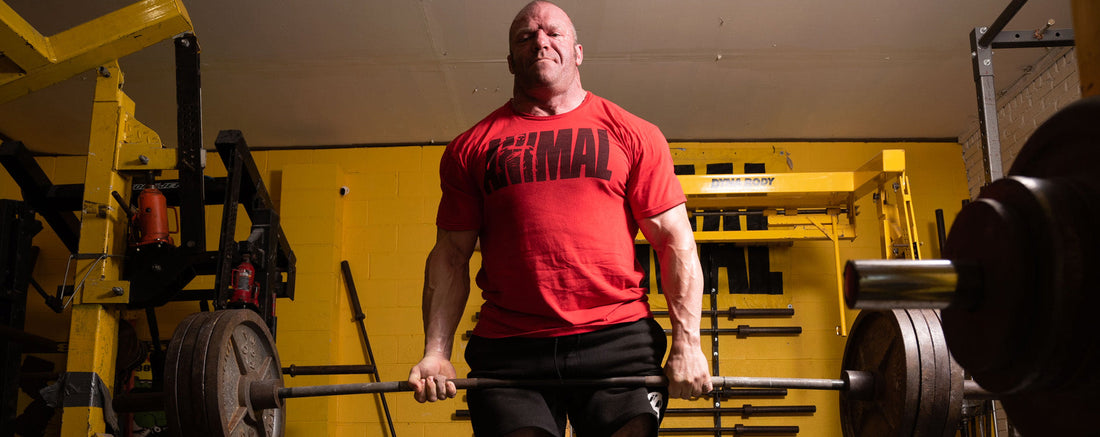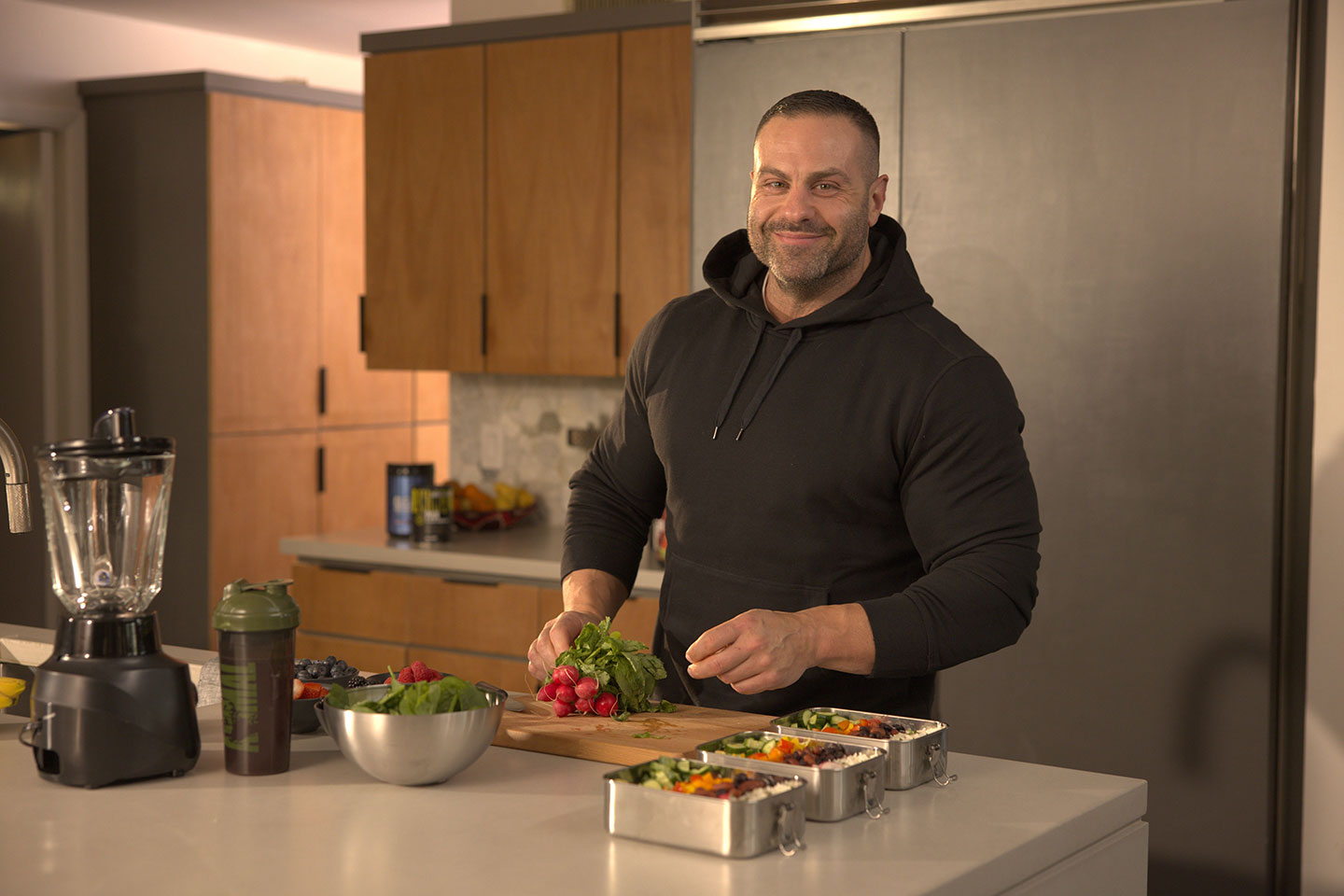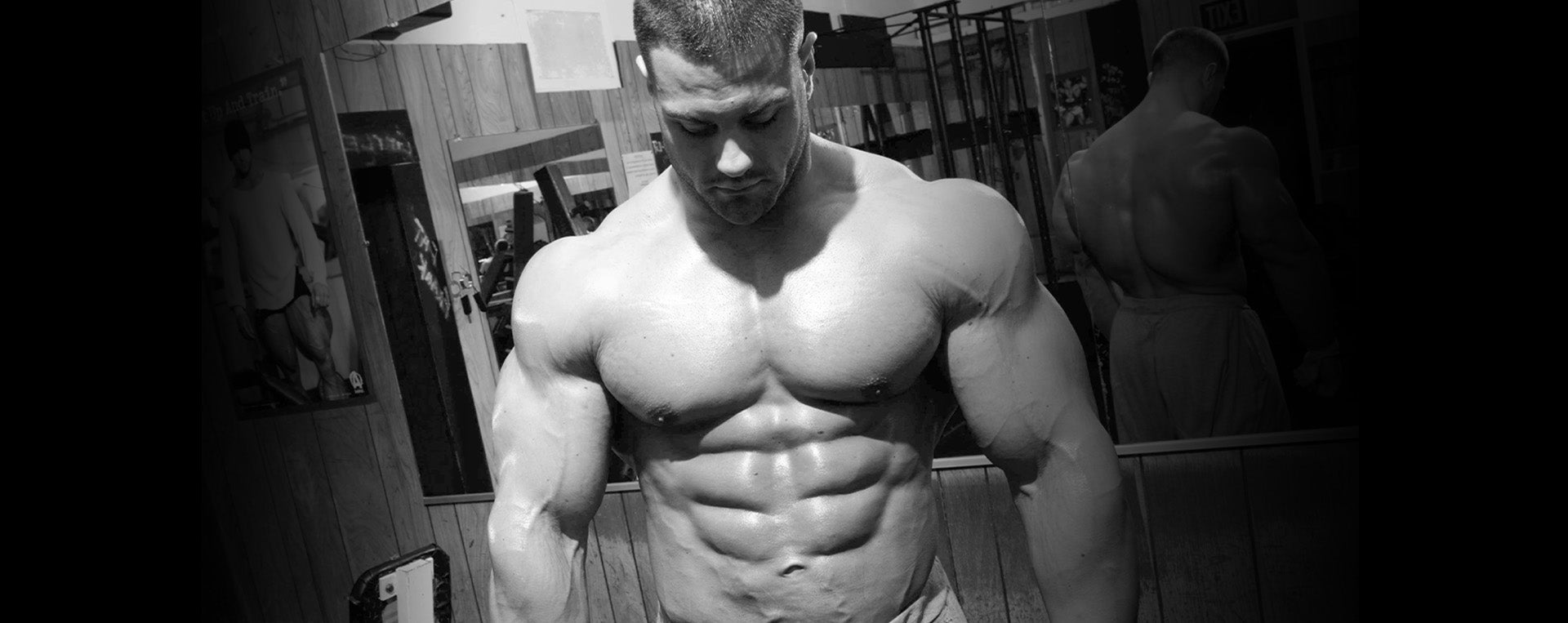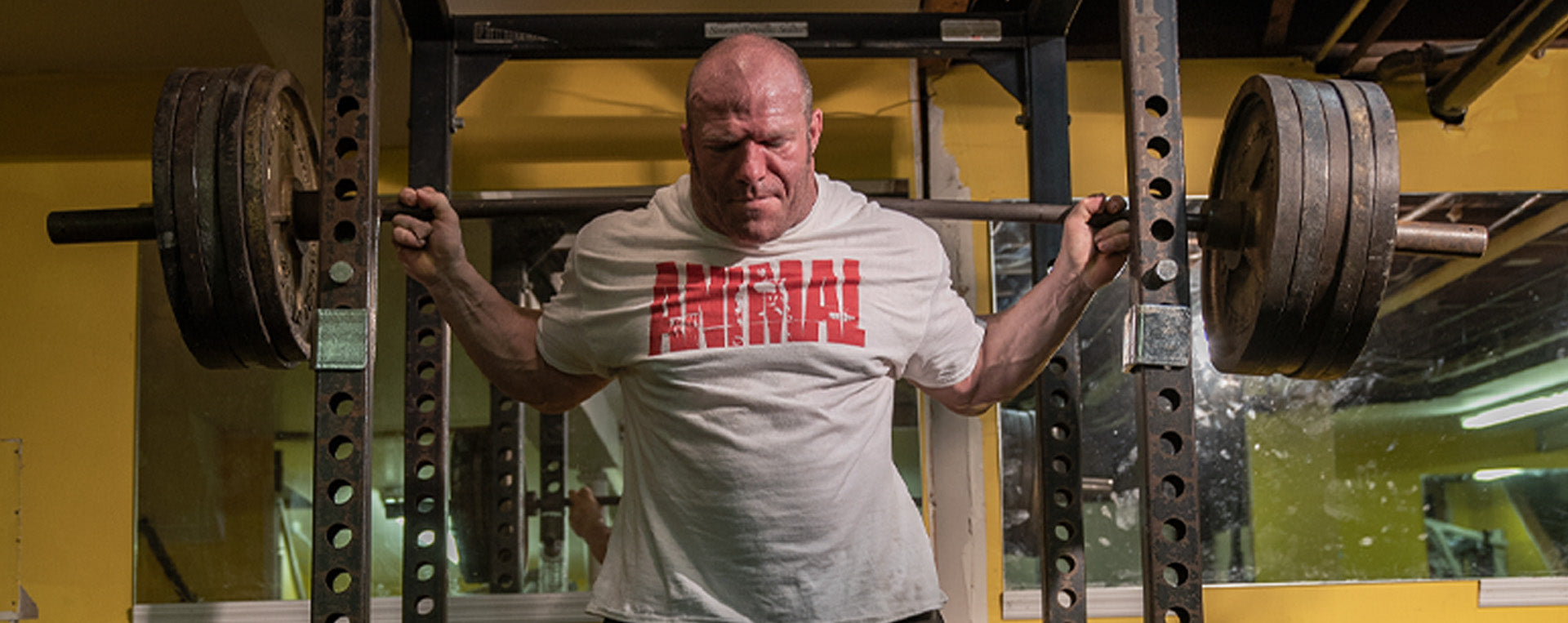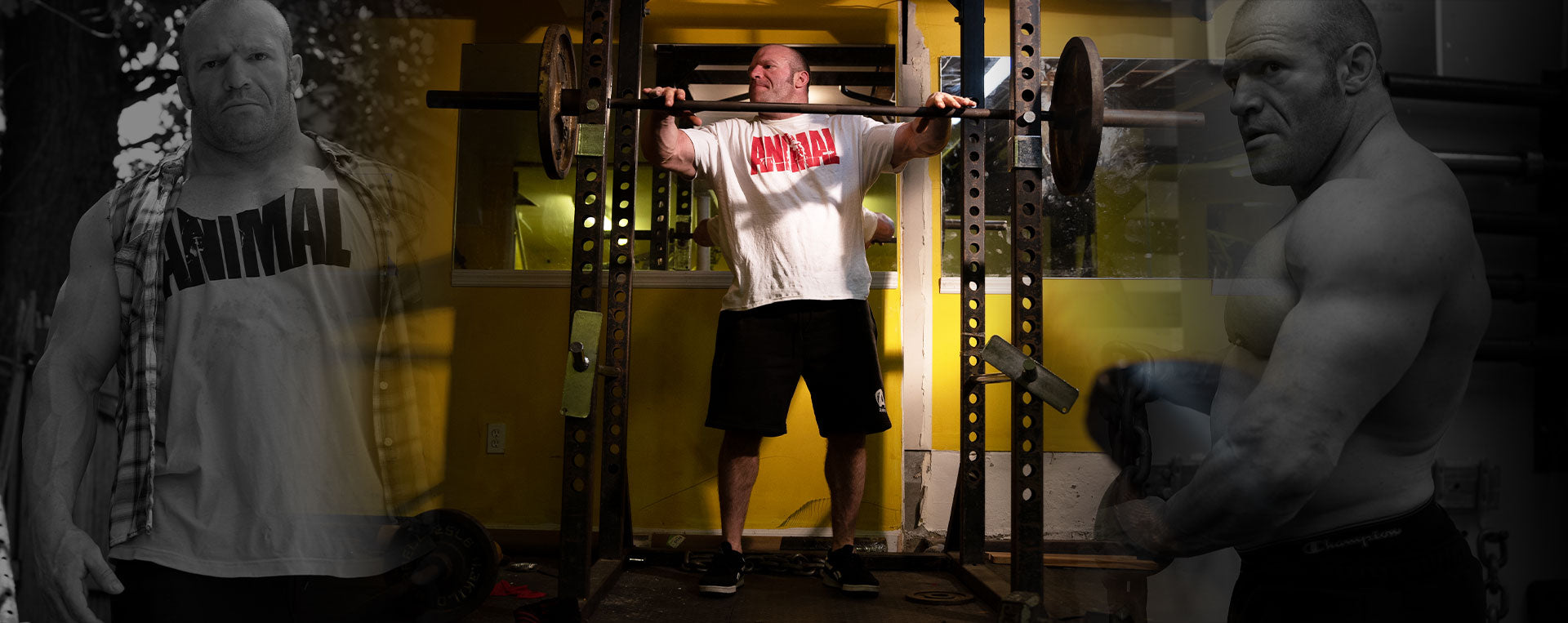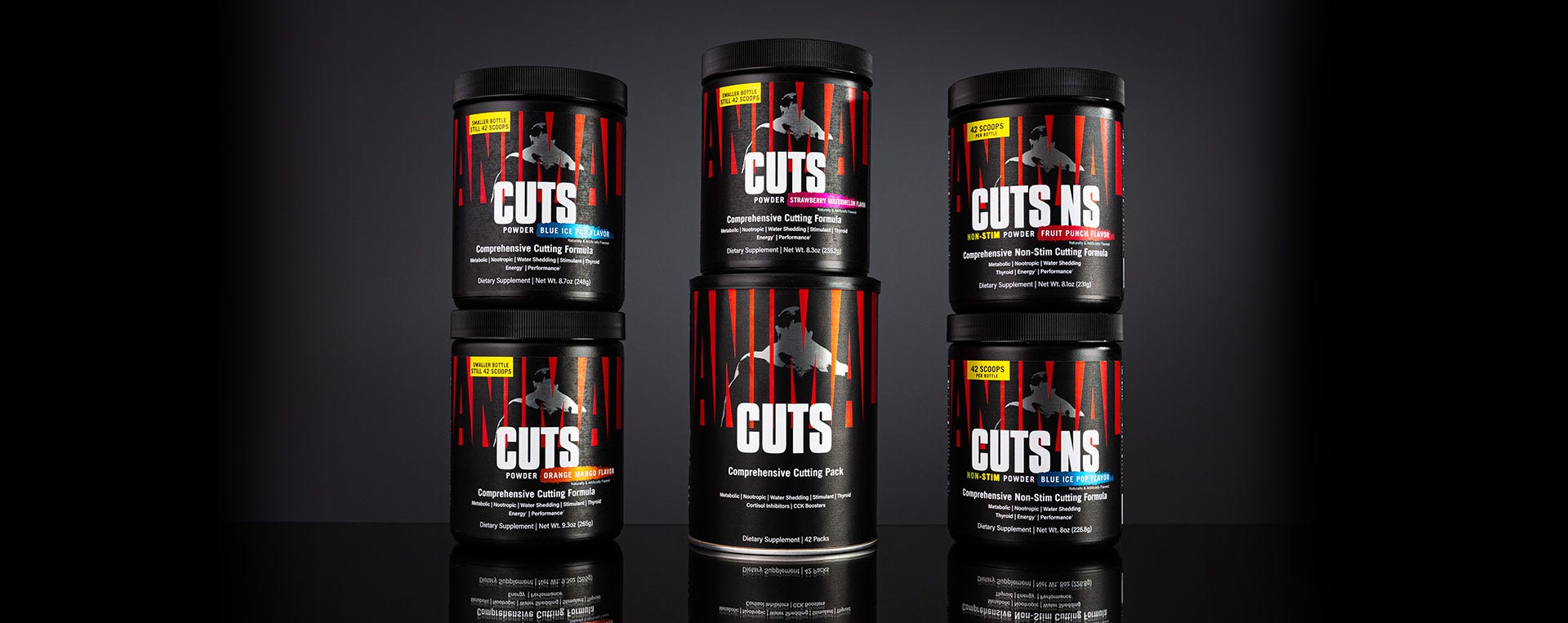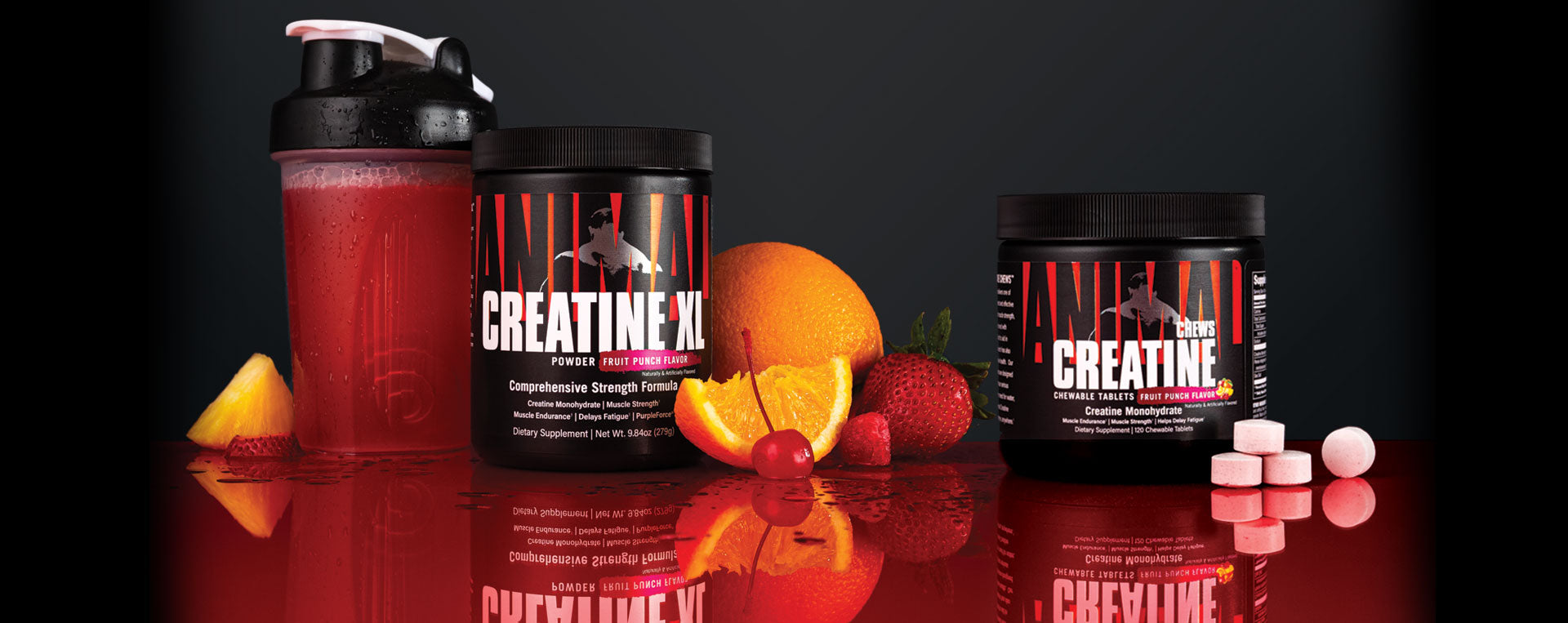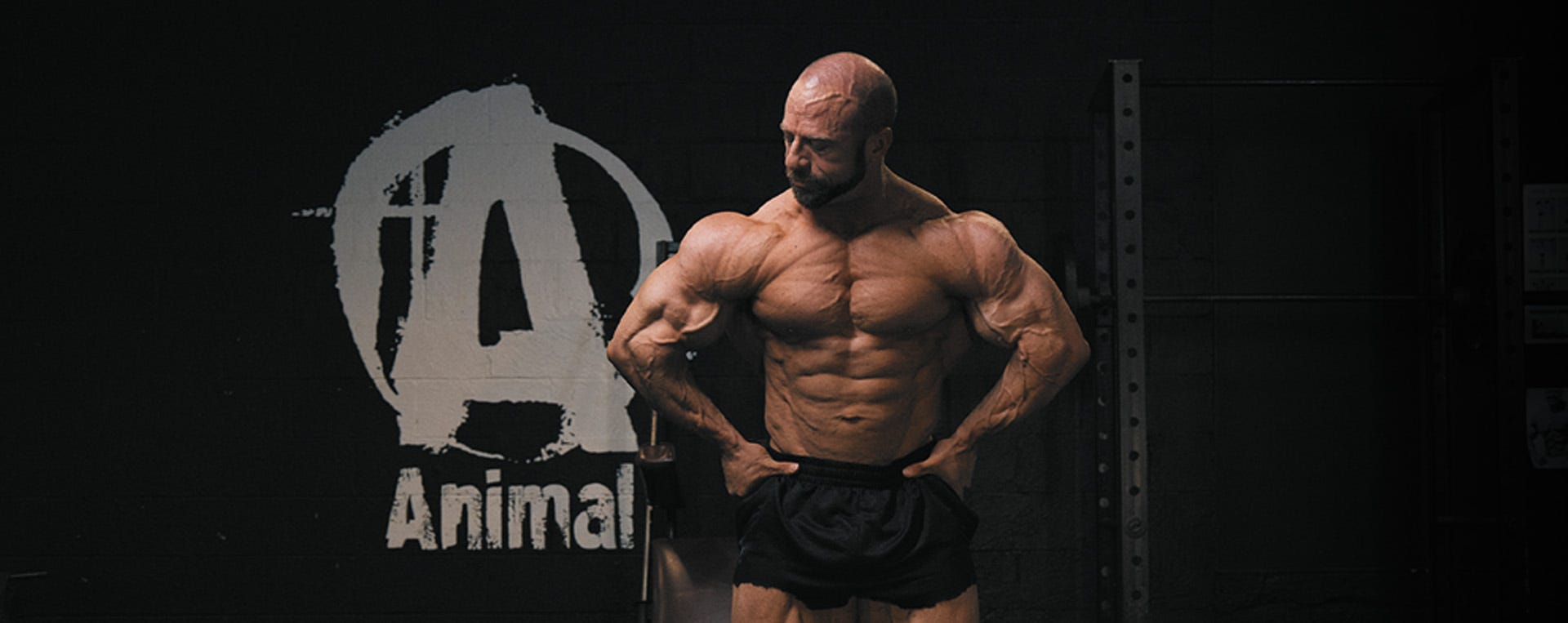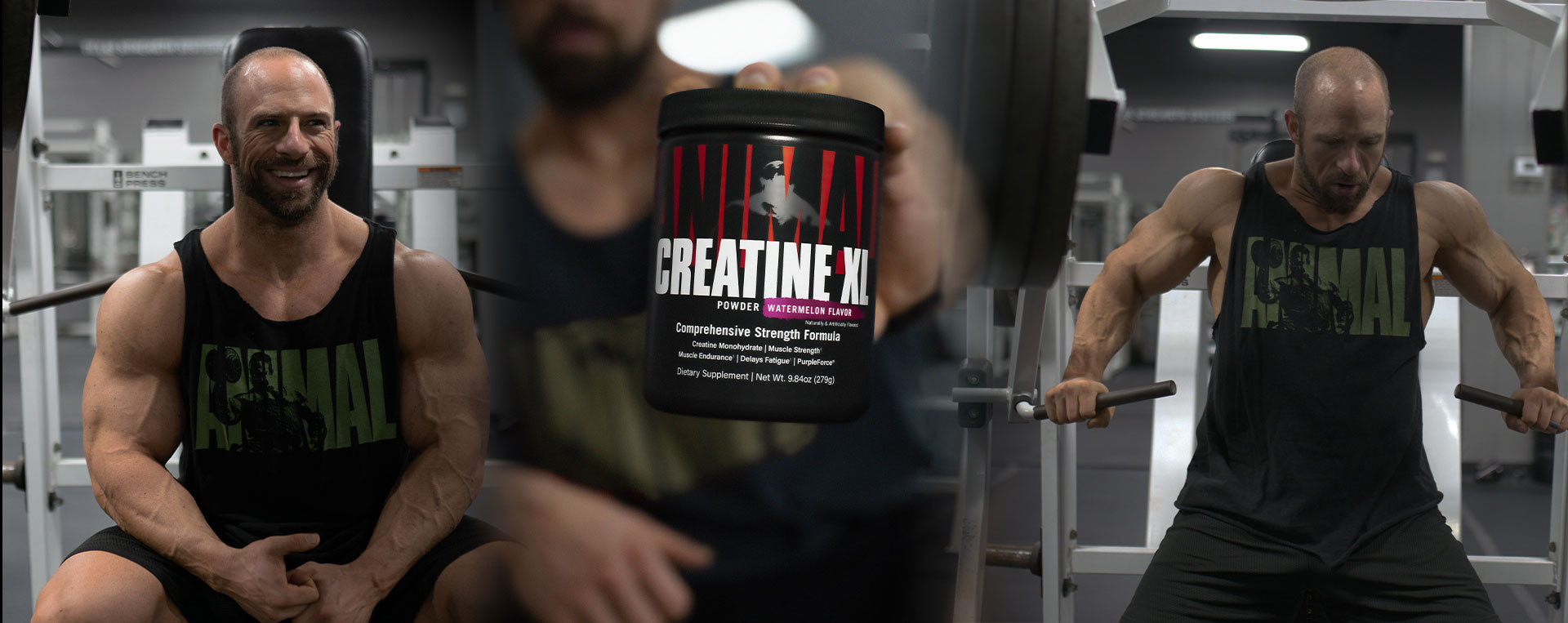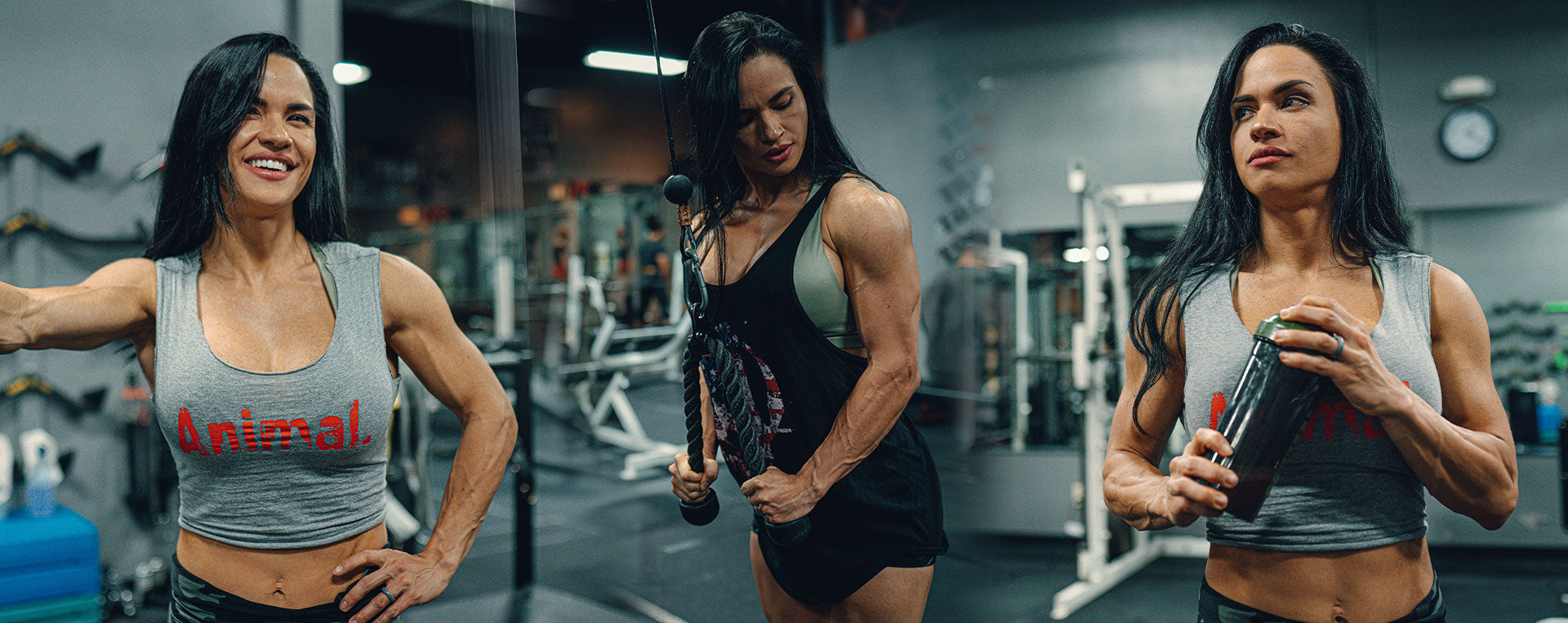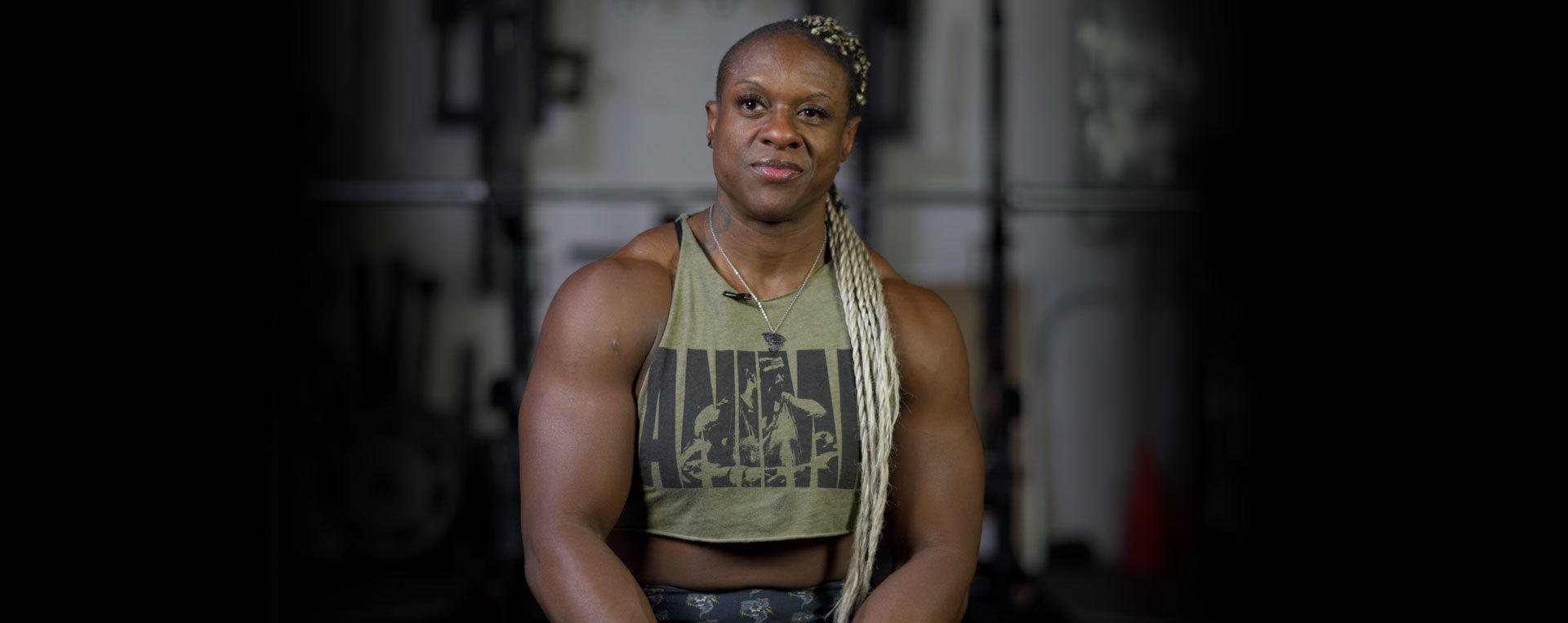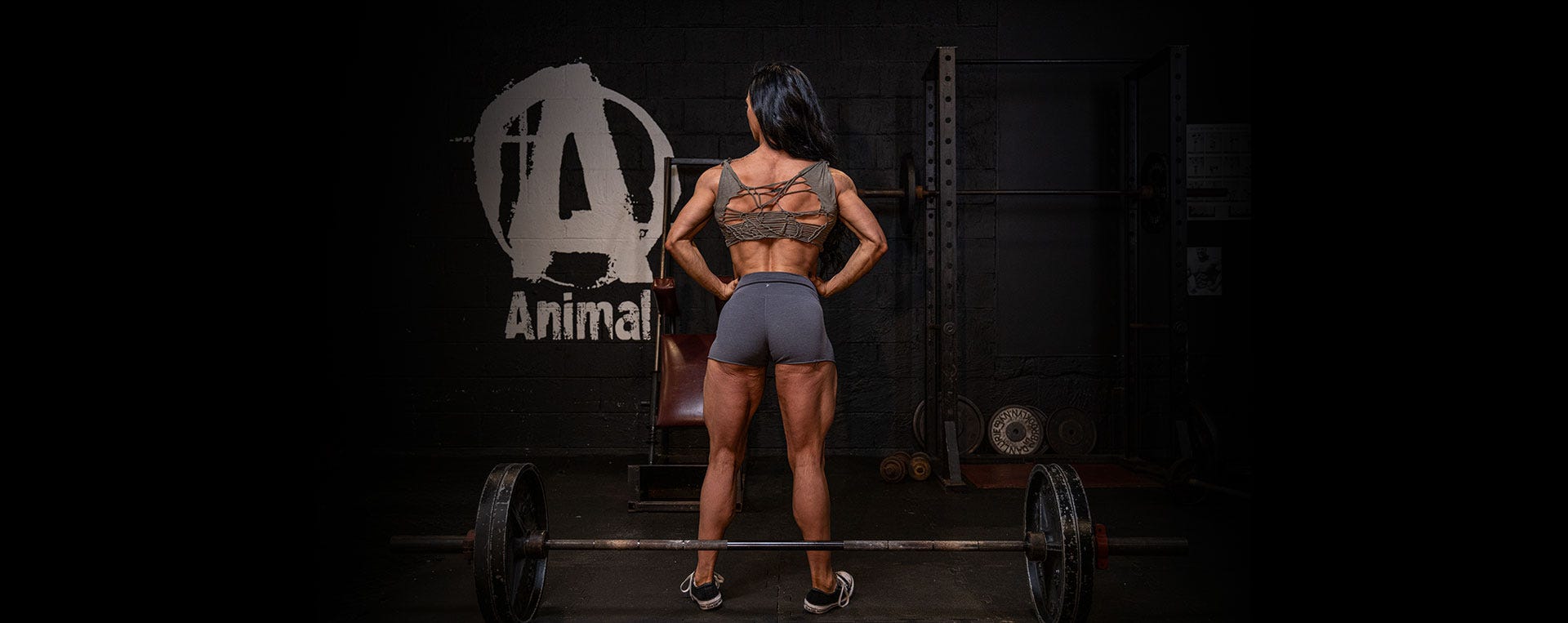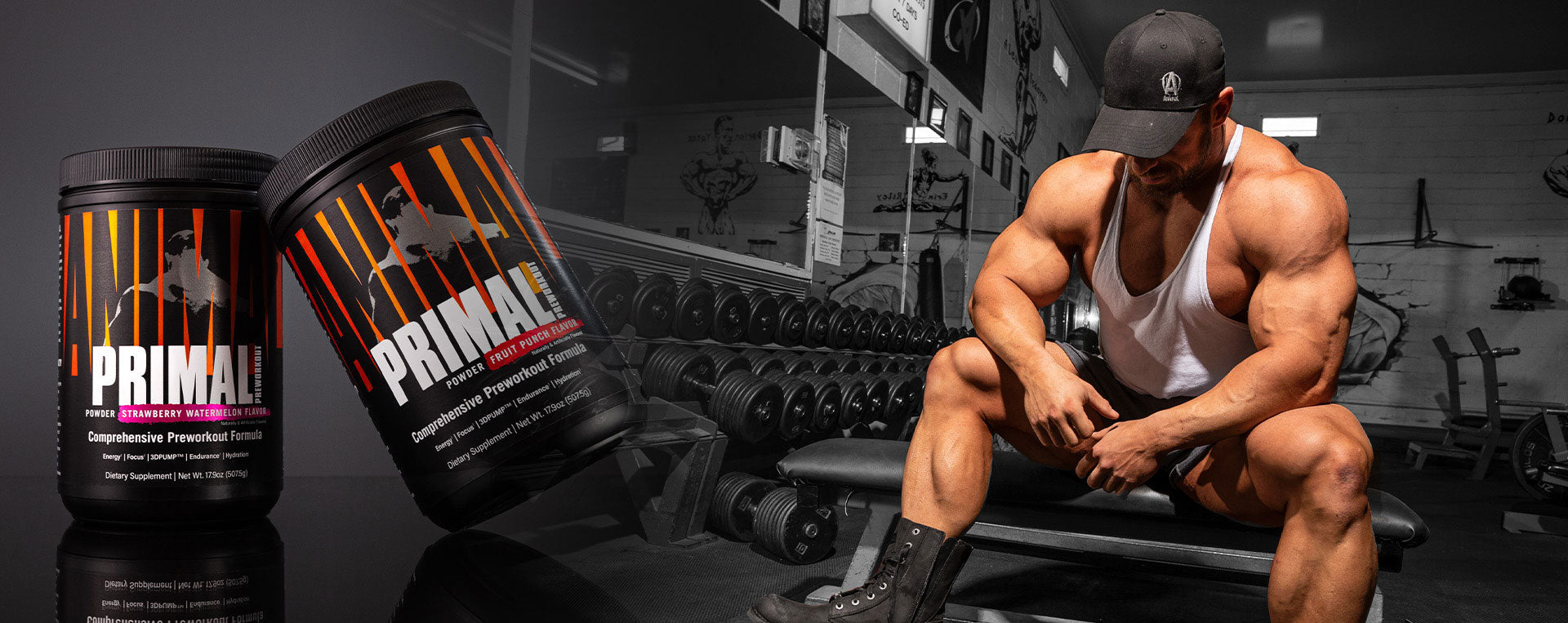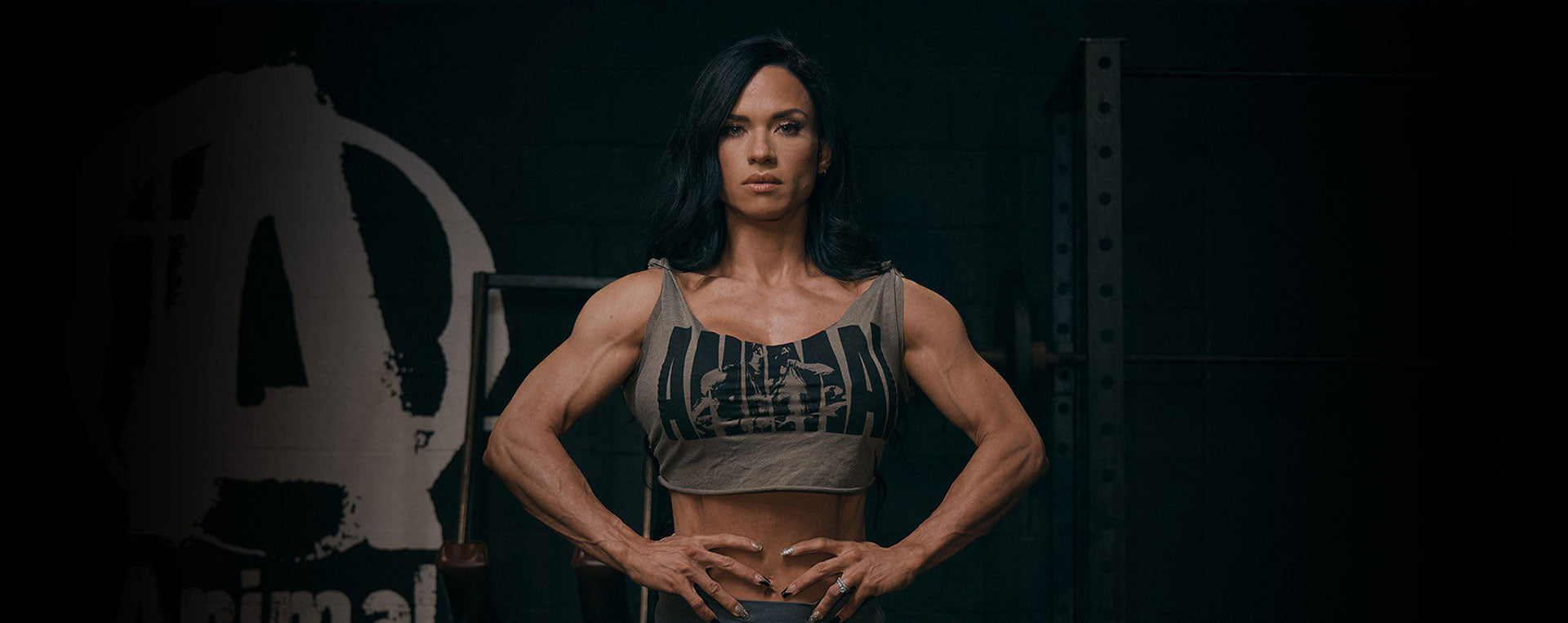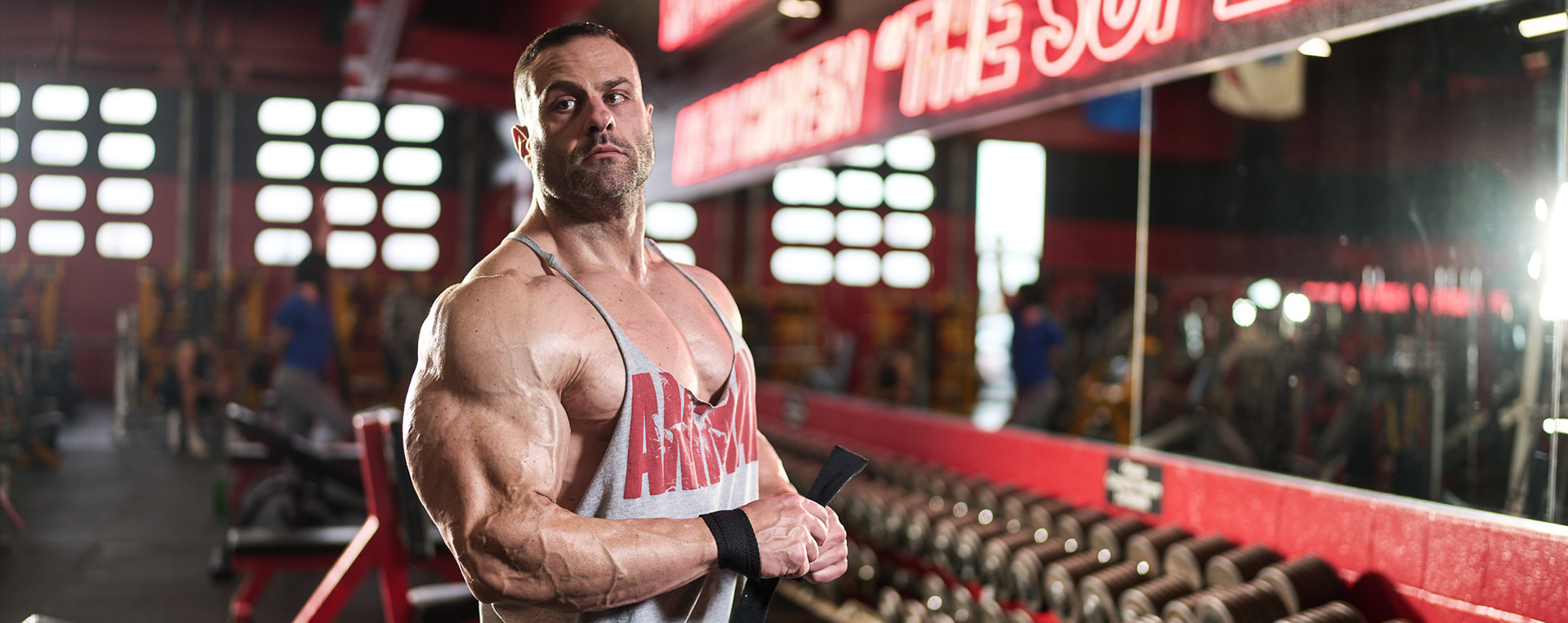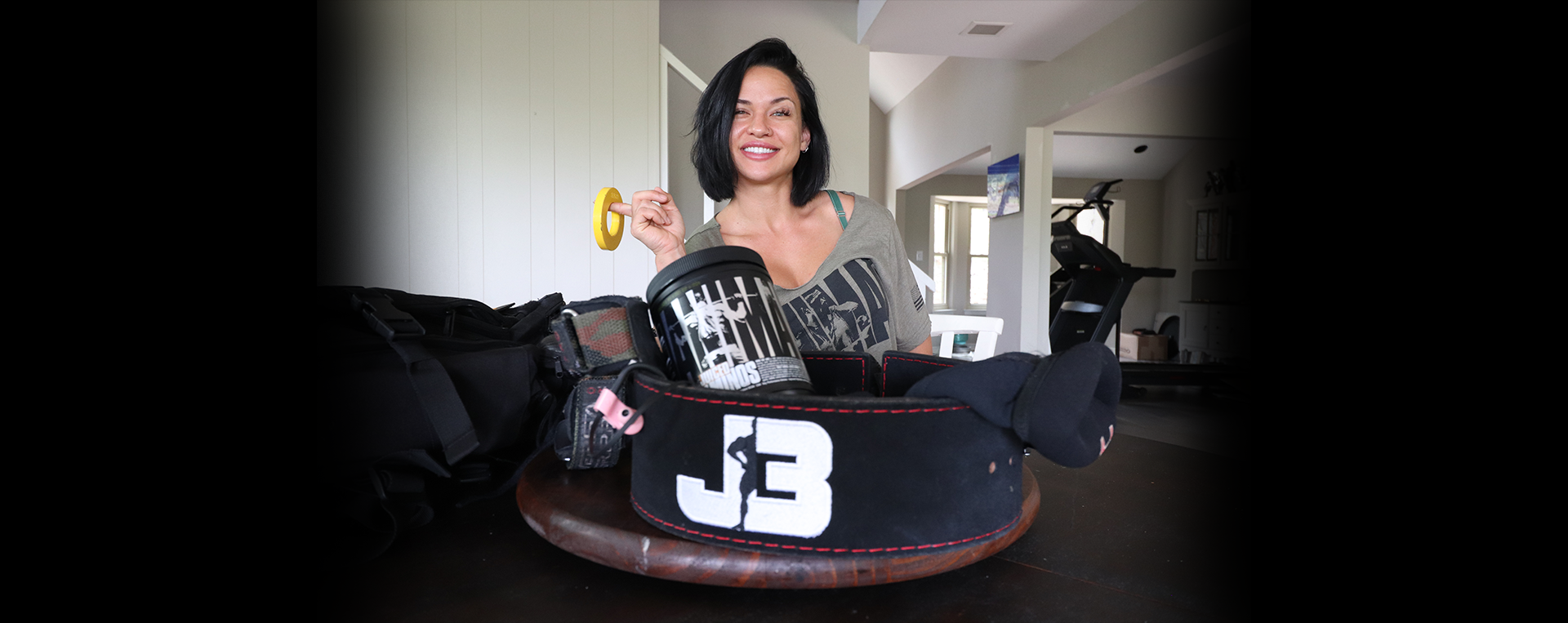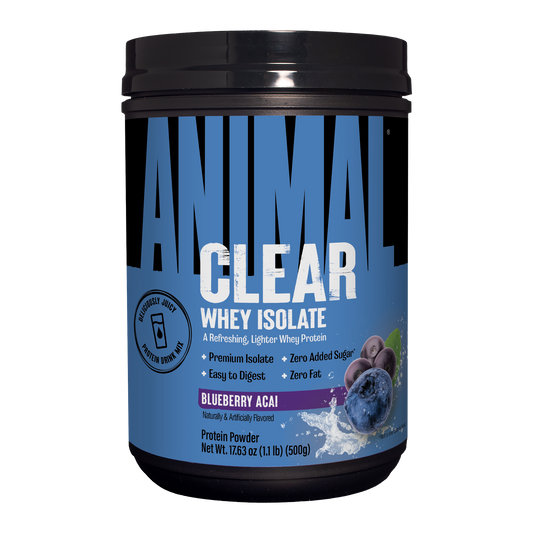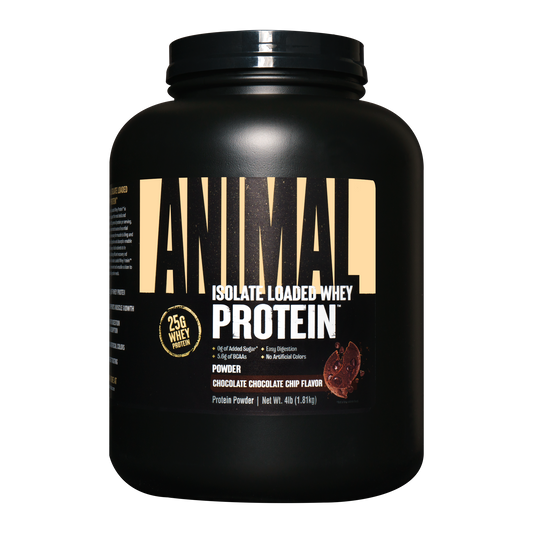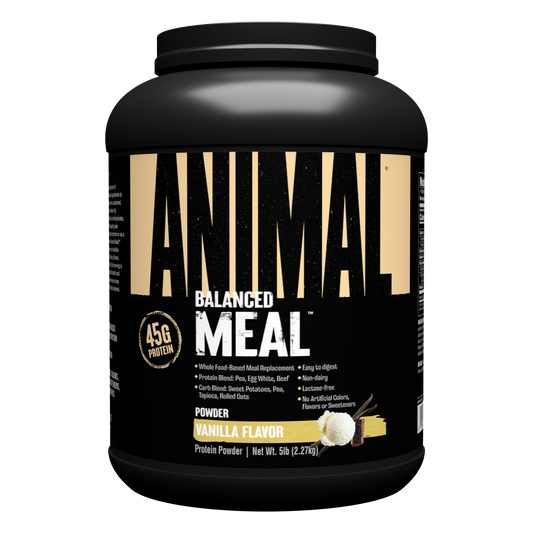An easy way to determine that someone doesn't know anything about muscular development is if they believe that the size of one’s lower legs (i.e., calves) is any indication of the degree to which that person trains their legs. That may sound counterintuitive at first, but it is plainly evident to anyone who has been in the iron game for a decent amount of time AND has applied some observational and critical thinking skills to it. Stay with me, and I’ll shine a light on this misunderstood muscle group.
The calves are made up of two primary muscles: the soleus and the gastrocnemius. These lie along the back of the lower leg with the soleus running along the entirety of it, and the gastrocnemius essentially lying over the soleus and mostly in the upper part of the lower leg. The primary function of both is dorsal extension. A third muscle, the tibialis, covers the front of the lower leg and handles dorsiflexion. However, the tibialis contributes much less to the mass of the lower leg than the other two muscles.
Far more than any other muscle group, genetics play a substantial role in the size of one’s calves. Unless you’ve been living under a rock, you have likely come across many people with large calves who have done little to no training on them or even in general in their entire lives, while you have also likely come across many people with small calves who have devoted a great deal of time to developing their physique. We can all think of many lifters who, over time and with hard work, have made significant increases in the size of their biceps, triceps, deltoids, pectorals, lats, traps, quads, hamstrings, forearms, etc., but I challenge you to think of anyone who has made comparable gains in the lower legs. Some people will point to Arnold and his famous declaration that calves require 500 hours of training, but if you look at younger photos of him, you can see that he did not make dramatic changes to his calves. This goes all the way to the best physiques on the planet. Dennis Wolf, for example, has competed and placed high in the Mr. Olympia multiple times. If you look at any of his competition photos, you can see that he has a phenomenal development of every muscle group except his calves. This is a person whose profession and livelihood depend on his muscular development and who clearly knew how to develop every other aspect of it. Anyone who thinks it’s just because “he didn’t work hard enough” or “he didn’t know how to train his calves right” isn’t the sharpest knife in the drawer. Now consider multiple-time Mr. Olympia Dorian Yates. He has been very outspoken over the years about his training style/methods, yet even he concedes that his calves, in particular, were determined by genetics. There is a plethora of examples like Wolf and Yates.
This leads to the unfortunate false dichotomy that many bring to topics such as this. They’ll proclaim that “genetics/talent means nothing and hard work means everything” as if the two are mutually exclusive. The reality is that they are not, and if we’re being intellectually honest, we can acknowledge the power of each without diminishing the other. Just because lower-leg size is far more dependent on genetic endowment than any other muscle group doesn’t mean that it’s 100% so.
When it comes to calf training, two factors that are important to consider are that the muscles tend to have a much higher ratio of slow-to-fast twitch fibers than other muscles in the body and that the range of motion is relatively small since it is just extending the foot. Both of these factors are why calves should generally be trained with more repetitions per set than other muscles. Since the range of motion is so short, each repetition takes less time and therefore requires more reps to achieve the same time under tension (TUT) as something like a squat, which has a much longer range of motion for each rep. Another method for increasing this TUT is to manipulate the tempo of the lift. I like to take two seconds to lower the weight and keep it in the stretched position at the bottom for an additional two seconds. This is also especially important with calves because they have such a powerful stretch reflex.
Earlier I mentioned the two muscles that make up the calves. The soleus is more involved in foot extension when the knee is bent, while the gastrocnemius is more involved when the leg is straight. Therefore, a comprehensive calf-training program should incorporate movements with both a bent and straight leg. An additional way to get extra calf training is to choose cardio methods that involve a lot of calf work: walking on the treadmill at a steep uphill incline and the stair mill are good choices for this.
Looking at me, it would be easy for someone to assume that I spent the most time and effort training my traps/neck and the least on my calves. The truth is closer to the opposite. I’ve had a thick neck for as long as I can remember, and I began training my calves hard in early high school. This is where it’s important to focus on the journey rather than the destination. I like training every muscle group and even if progress is painfully slow on certain ones, it doesn’t alter the process itself.
